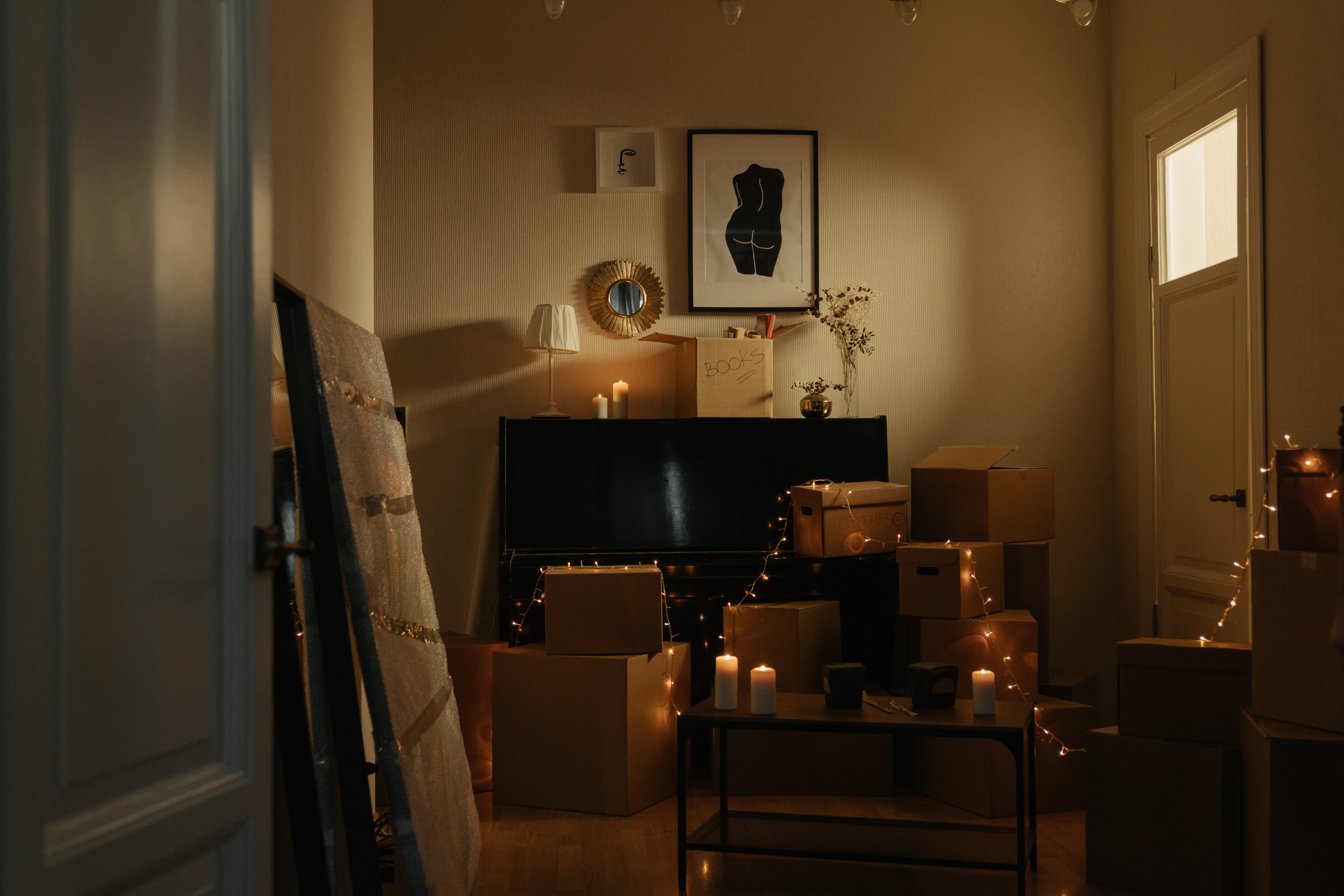How to store occasional-use items

In every home, there are everyday items for which accessibility is vitally important. Equally, there are occasional-use items which may not be needed for months at a time.
Examples of the former might include crockery and cutlery, while the latter commonly include Christmas and Halloween decorations. Plates and bowls need to be readily accessible on a daily basis, whereas battery-powered pumpkins and Trick or Treat signs could easily be stored somewhere requiring a ladder and a torch.
Just because an object isn’t used regularly doesn’t mean it can be thrown away. Yet finding a place to store it may be challenging, especially if it’s bulky or fragile. Happily, there are ways to ensure seasonal or occasional items are preserved and protected, wherever you decide to store them…
Location
Every home has its own storage options, and every family has different requirements for accessing day-to-day items. Look for storage which isn’t in regular use – guest bedroom cupboards and high-level kitchen cabinets are ideal. Attics are dry and airing cupboards are warm, while integral garages are naturally warmer than detached ones; both should be fine for storing non-perishables. Garden sheds can be used as a last resort, though they offer little protection against low temperatures and may begin to leak or develop insect infestations.
Packaging
Regardless of where occasional items are being stored, it’s vital to ensure they’re well packaged. As an example, Christmas decorations should be housed in a lidded cardboard or wooden box, preventing heavier objects from crushing or damaging their contents. Try to layer lighter pieces on top of heavier ones, and ensure delicate items are either stored in their original packaging or protected by bubble wrap/shredded cardboard/polystyrene. If a cardboard box has four lid tabs, tuck each one under the tab to its left or right. If it only has two lid tabs, seal them shut using parcel tape.
Accessibility
If you only need something once a year, it’s fine to put it in a dark corner of the attic. Do ensure you can easily gain access to these storage spaces – for instance, don’t build heavy furniture in front of eaves cupboards. Make a note of what’s actually present in the furthest reaches of your garden shed or garage rafters, for easy reference throughout the year. And if you’re planning to lay anything across rafters, do it perpendicular to the joists, ensuring each end overhangs by an equal amount. Roof joists are naturally strong, but you need to be able to lift each object in and out of position comfortably.
Record-keeping
Returning to our hypothetical Christmas decorations, recording how many sets of tree lights you’ve got as they’re packed away in January will stop you buying duplicates nine months later when the shops start selling festive decorations. A list of what’s stored where can save you tearing the house apart in pursuit of an item that’s safely ensconced in a cupboard. Write a summary of each box’s contents on all four vertical sides, so you can identify it at a glance wherever it’s positioned. This is also a useful tip for identifying boxes during a house move, allowing you to tell the removal firm where each crate should be deposited.
Back to Latest Posts




